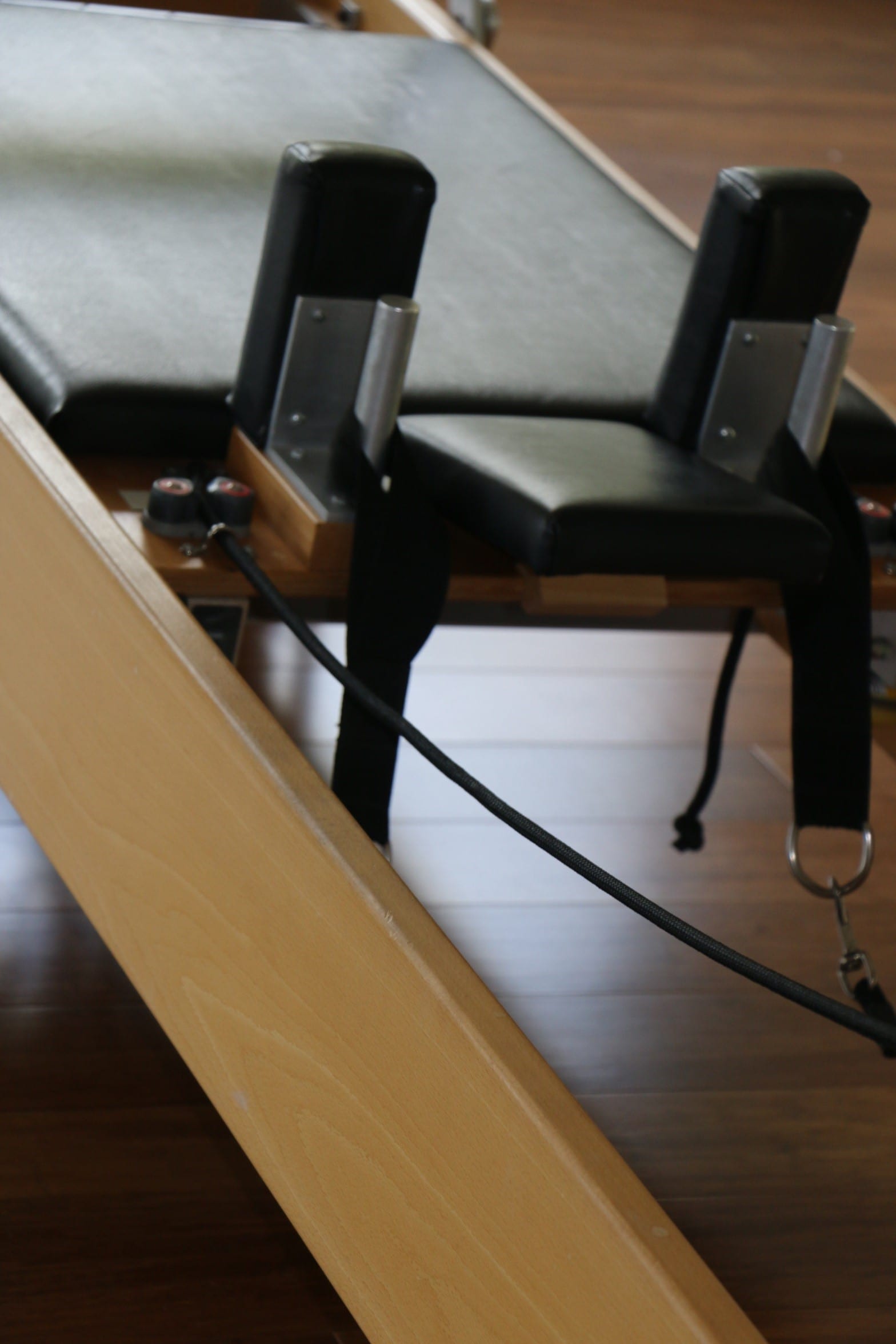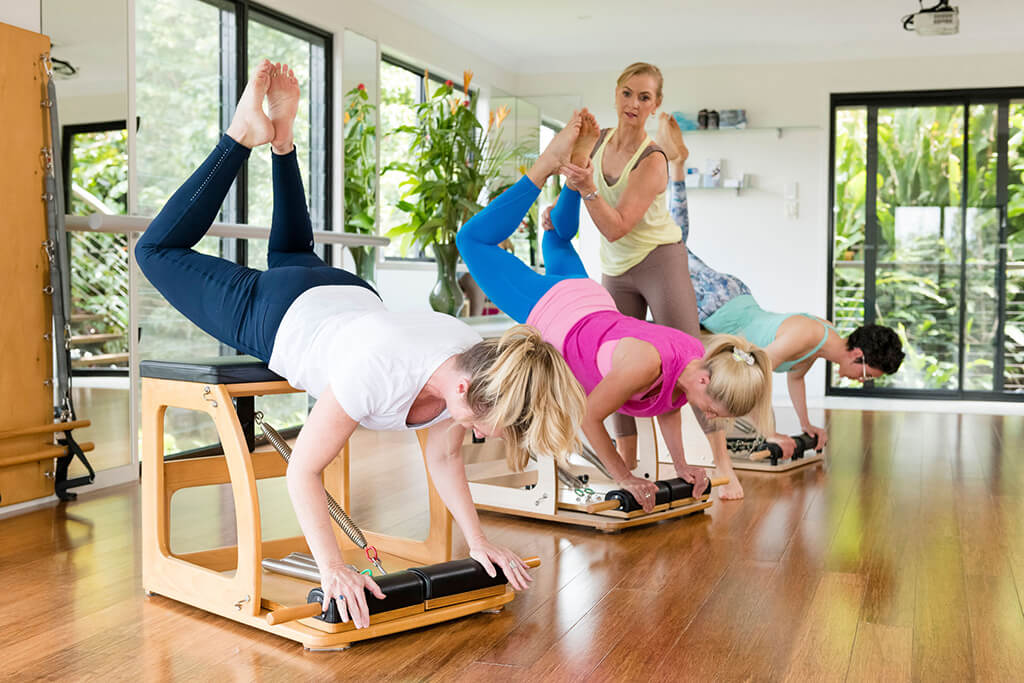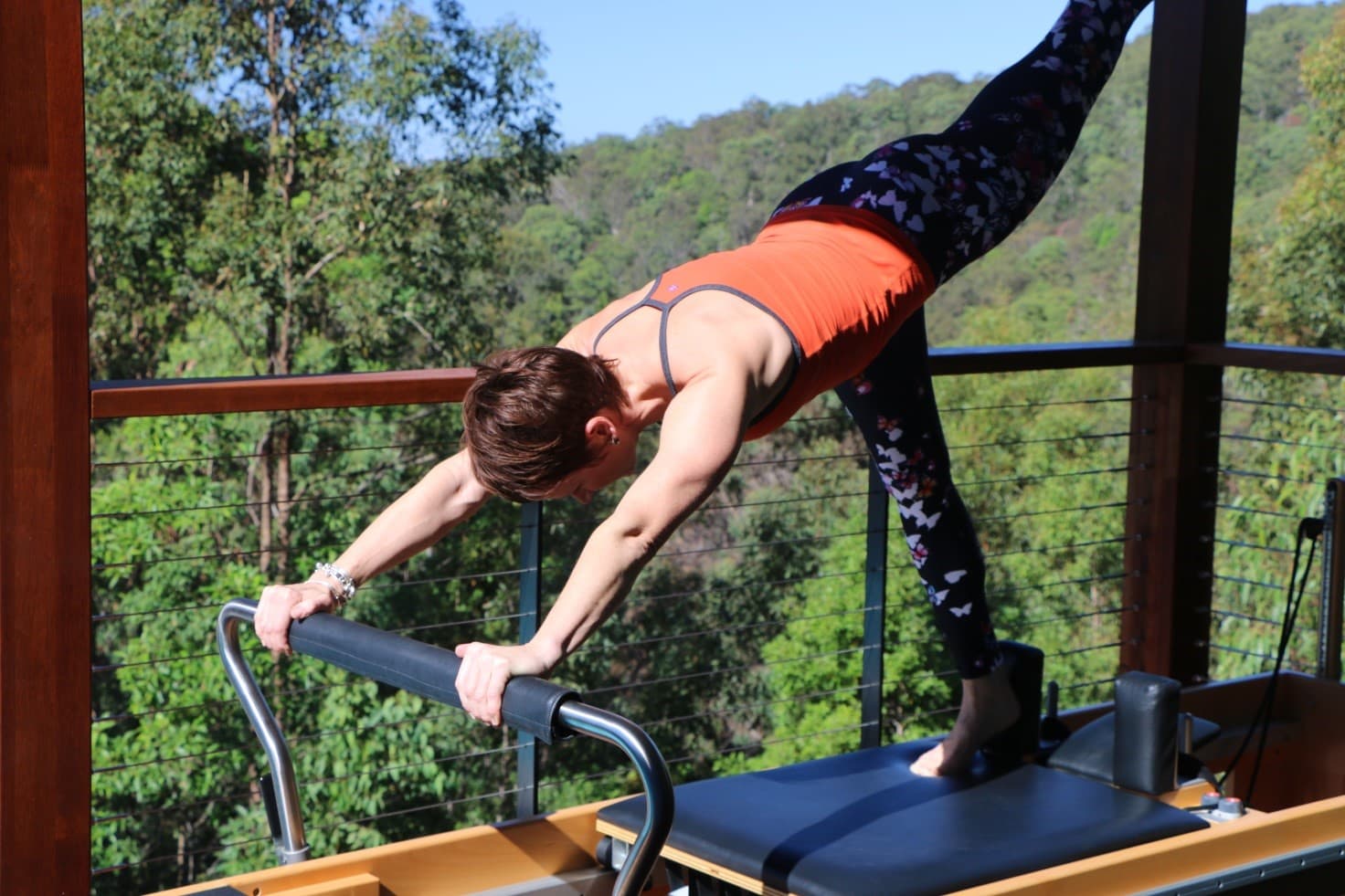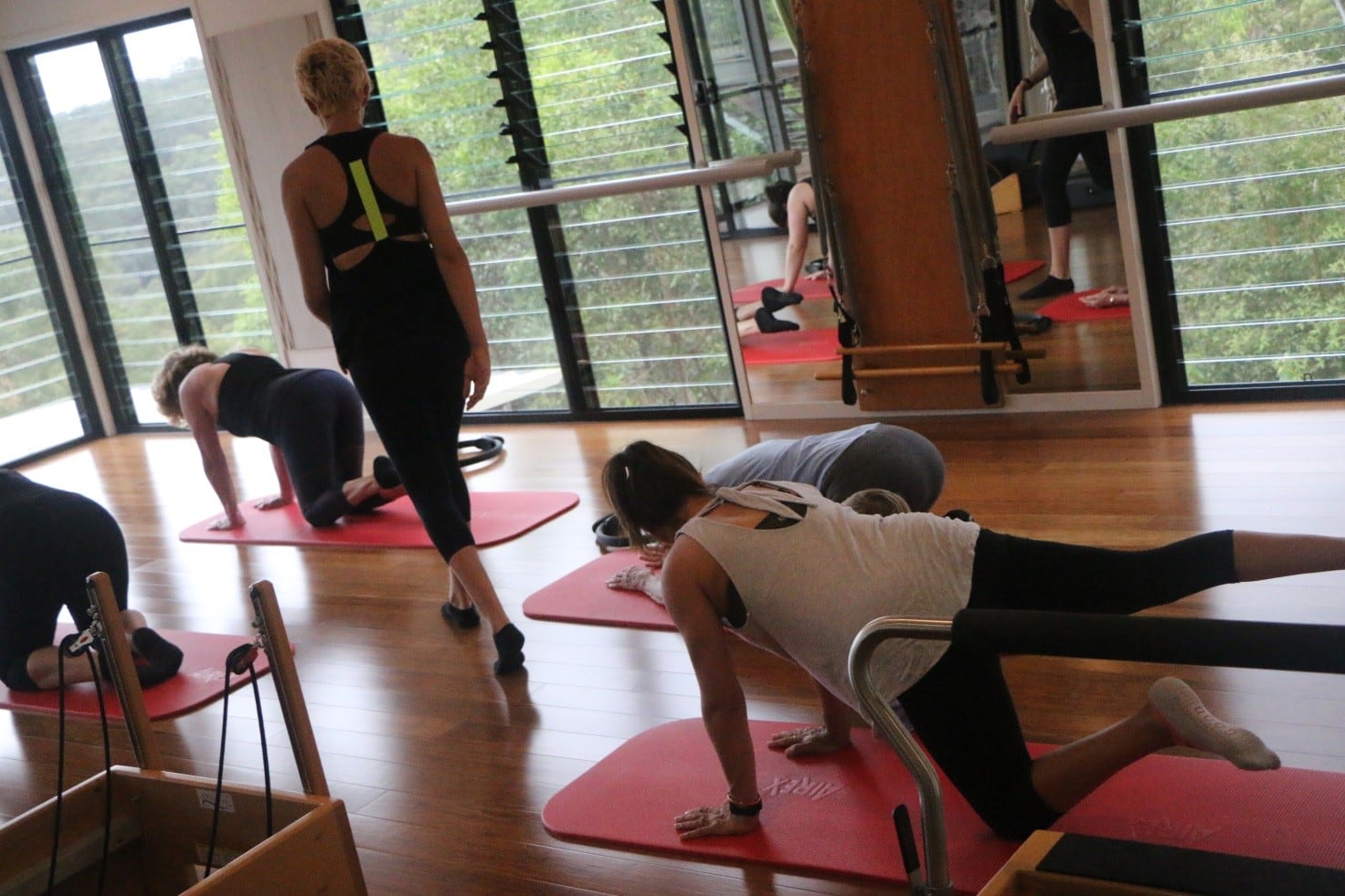
How to start a Pilates Studio?
Posted on July 18, 2019 by adminOne of the big questions that many practitioners ask themselves is “How do a start my own Pilates Studio”? When an experienced practitioner is ready to ‘go out on their own’ and how they go about doing it, are excellent questions!
A Pilates career has the opportunity to be very lucrative, but like anything else, to succeed it must be done correctly and especially nowadays because Pilates is in vogue, studios are opening up in metro and regional centres- popping up in gyms and health clubs, and even appearing in aged care and assisted living facilities. The best way to make a lasting impact on the clients is to find what it is about the Pilates method that inspires and drives you, and then to bring these elements into your own business model.
Do your Pilates and demographic research
It is always best to do extensive research into what you think it will take to run the sort of studio that you want to run and then take that forward into your planning stages. Also connect with instructors far and wide and learn from their experiences- don’t be shy about asking them what they did when they started out. Running a studio is not for the faint hearted but it can be one of the most rewarding experiences of your professional career.
Choose your Pilates business strategy
Deciding which business strategy you will use can take time- ensuring that you have sufficient money, potential staff, and a desire to create the studio that you envision may be the most difficult decisions you initially will make as an instructor. Figuring out how your business sits within the existing community is something else to consider. Who are you targeting with your Pilates? What are you prepared to offer and to what demographic? This will determine greatly the kind of equipment you buy- do you want a simple studio just full of Reformers vs a fully equipped studio that includes Wunda Chairs, Cadillacs and Barrels? Also considering how much money you will put into initial and ongoing advertising and where to advertise are important points when starting a new Pilates studio.
Working in a Pilates studio vs. opening your own
The base wage for a Pilates Instructor is generally around $35 an hour, depending on the studio, the location and the level of experience and qualifications you may have. Working within a Pilates studio is generally not a ‘nine to five’ job as you may have the opportunity to work eight hours a day but the hours are more likely to be starting earlier than 9am and probably also finishing later than 5pm. This will most likely be the same if you run your own studio, but you have the potential to get other staff members to cover various times of the day.
What style of Pilates studio do you want to open?
If you have a large amount of space available, starting at least a portion of your studio as a Mat Pilates area has a low start-up cost but provides a consistent earner if sessions are well attended. Mat participants may pay anywhere from $10-$20 per class, and with groups of 6 or more in each class, a studio like this can easily yield upwards of $1500 a week, by teaching only 4 hours a day depending on your location, and skill in teaching.
If you have less space available but a greater amount of money able to be invested in the start-up, then an equipment-based studio may be more up your alley. Clients will most always pay more for equipment classes than mat sessions, and even though the initial outlay costs are far greater than setting up a mat studio, the returns can be higher. A studio with 5 reformers could potentially earn $3000 per week, still teaching 4 hours a day.
Continuing the level of studio complexity and specialization further, to open a rehabilitation studio where the practitioners offer private sessions along with also doing some small group classes- the studio can actually be initially cheaper than an all reformer studio, as the final setup cost is broken up considerably by the price difference between Reformers and Wunda Chairs, etc. A small rehabilitation studio, with five varied pieces of Pilates equipment, specialised programming and a range of one on one sessions offered could easily make the same as a purely reformer studio, but with a lower start up cost and a more committed client base that comes regularly for pathology rehabilitation as well as for fitness and wellbeing.
Where are you located?
Lastly there is the question of the actual space itself. Most commonly studios are started by the rental of a business space and running of the studio from that space. In regional areas, some unique and alternative spaces can often be found- old churches, former retail spaces, theatres, community halls, etc. The possibilities are endless!
Some astute new studio owners actually purchase the building or site and then create the studio in their own investment property. This can be an outstanding investment and enable a rental return as well as the studio income to increase the business revenue.
Another option is to have the new studio co-located in an existing Allied Health facility- such as a Physiotherapy/Chiropractic practice or sharing space with yoga/movement or other modalities.
Where to from here?
The most cost and time consuming aspect, can be having staff working in the studio. This does, however enable the studio to run consistently and can overall provide the business with more time to pursue other interests or ventures. A small studio with 5 pieces of equipment and one staff member could easily have a gross earning potential of over $7000 a week. Of course, this depends greatly on the location and times offered by your studio. However, with the right location, marketing and expertise, owning and operating a Pilates studio can comfortably satisfy even the hungriest entrepreneur.
Latest Blog Post

How To Become a Pilates Teacher in Australia: Your Ultimate Guide
Looking at A Career In Pilates Teaching? So, you love pilates and would like to become a qualified pilates teacher? Let’s help you get started as it can be quite confusing with all the options available. With the right guidance and qualifications tou can turn your passion into a rewarding career as a pilates …
Continue reading “How To Become a Pilates Teacher in Australia: Your Ultimate Guide”

Pilates for runners
Running is popular and accessible form of exercise for many people of all ages. However, runners can be at risk injury due to poor technique and therefore prone to developing pain or discomfort as a result of muscle imbalance or uneven gait cycles. Due to the high impact nature of running, preexisting injuries, weaknesses, imbalances, …

Benefits of mat Pilates
Pilates can promote better general fitness through improved strength and endurance, balance, flexibility, and posture- all preparing the body to be better able to engage in tasks of day-to-day life. Pilates is also an effective method for managing or improving functional limitations resulting from injury, surgery, or existing pathologies. Pilates provides a well-balanced approach to …


